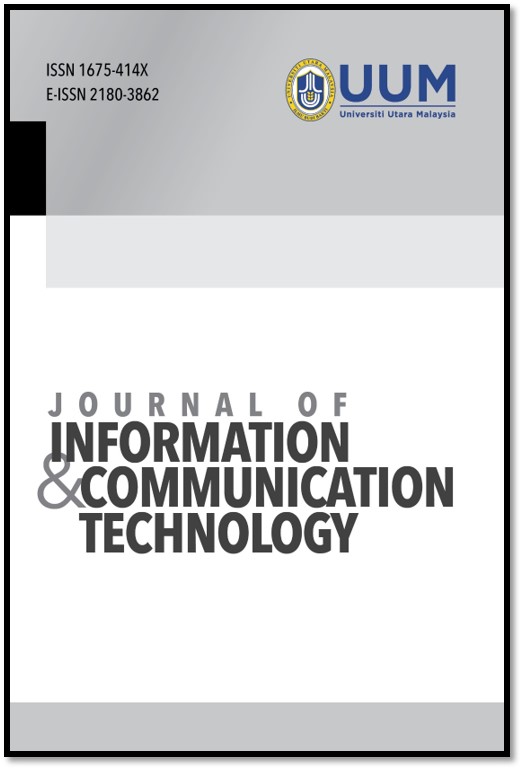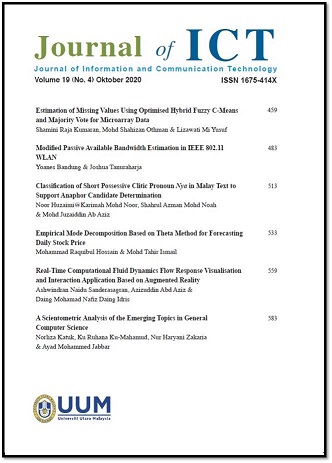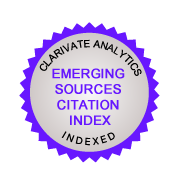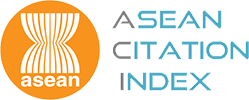BAYESIAN NETWORK OF TRAFFIC ACCIDENTS IN MALAYSIA
DOI:
https://doi.org/10.32890/jict2019.18.4.4Keywords:
Bayesian network, HC algorithm, Tabu algorithm, traffic accidentsAbstract
Exploring the cause and effect of hazardous events such as traffic accident is vital to the society. Statistical analyses have been a great help in terms of understanding and making inference on the cause-effect analysis and also predicting the occurrence of the accident in the future. One of the issues that could not be handled by the conventional way of statistical modelling is the interrelationships exist between the variables in the data set. With the advent of technology and the wide application of machine learning algorithm, this goal can be achieved through the Bayesian network analysis, in which it is a directed acyclic probabilistic graphical model. By using Hill Climb (HC) and Tabu algorithms, the structure of the data was learnt and their relationship is estimated through the conditional probability based on the Bayes’ theorem. We found that that weather does impact on the accident occurred through the lighting condition and the traffic system. It is also learnt that fatality accidents have a higher likelihood to occur in head-on, turn over and out of control accidents. The use of Bayesian network allows for the probability queries which is very important estimates needed as we want to know what is the risk that we face given the information that we have in hand.
Metrics
Metrics Loading ...
Additional Files
Published
26-09-2019
How to Cite
Zamzuri, Z. H., Shabadin, A., & Ishak, S. Z. (2019). BAYESIAN NETWORK OF TRAFFIC ACCIDENTS IN MALAYSIA. Journal of Information and Communication Technology, 18(4), 473–484. https://doi.org/10.32890/jict2019.18.4.4
Issue
Section
Articles





 2002 - 2020
2002 - 2020


























